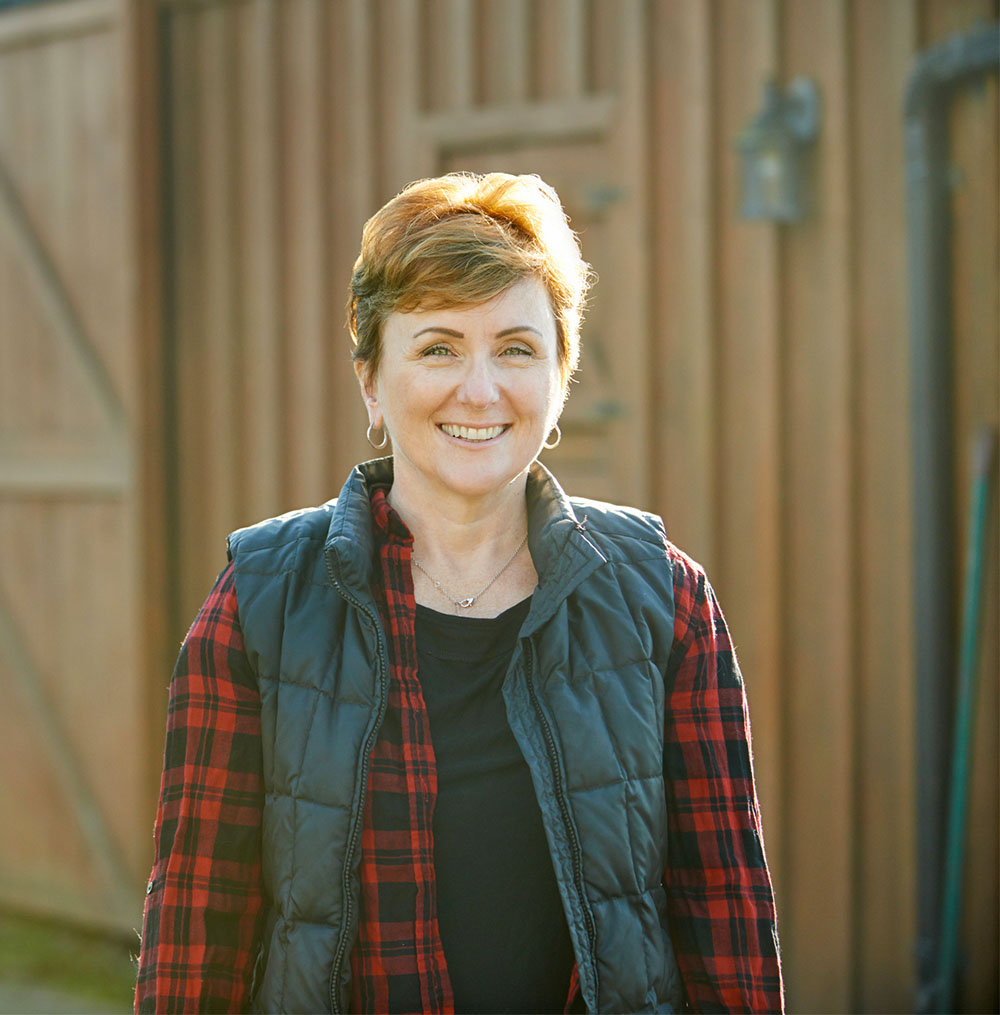Breadcrumb
Iowa study uses new tool to examine stress among women farmers
Published on January 25, 2024

Farming is known to be a stressful occupation. While a great deal of research exists on farm stress, very few studies have looked at stress among women farmers. This is a major gap, considering that women make up more than one third of the agricultural workforce in the United States and closer to half globally.
University of Iowa researchers Carly Nichols, assistant professor of geographical and sustainability sciences, and Jonathan Davis, research assistant professor of occupational and environmental health, set out to create and test a new tool — the Women Farmer Stress Inventory (WFSI) — to better understand the types of stressors women farmers find most pressing as well as the conditions and context associated with the greater levels of stress. The study was published in the Journal of Rural Health.
The researchers used responses from a random sample of 592 Iowan women farmers who replied to a mailed survey. The survey materials included the WFSI, which is a questionnaire listing 36 farm-related stressors. Respondents were asked to rate how much each of the situations caused stress in their life using a 5-point scale ranging from no stress (1) to extreme stress (5).
Respondents also answered the Satisfaction with Life Scale (SWLS), a five-item questionnaire in which they rated their own wellbeing. The investigators then evaluated how sociodemographic and farm-level characteristics were related to each stress factor.
The results revealed five unique factors that reflected different aspects of women farmer stress:
- time pressures and workload,
- environmental concern,
- external stressors from governments and markets,
- interpersonal relationships, and
- rural amenities.
Young age, being married, engagement in off-farm work, and smaller farm size were associated with greater levels of stress across most domains.
The authors conclude that the WFSI is a promising tool for use in future research on women farmer stress. The results highlight certain sociodemographic and farm characteristics associated with different stress domains, which could inform both future research and community-based interventions for understanding and reducing female farmer stress.